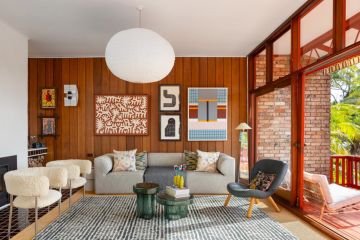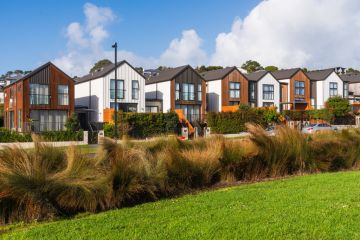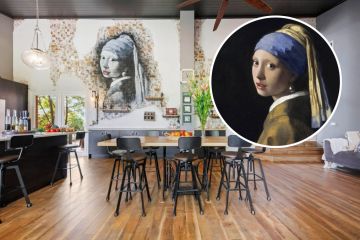Corrie Perkin: a friend bought my childhood home in bayside Melbourne
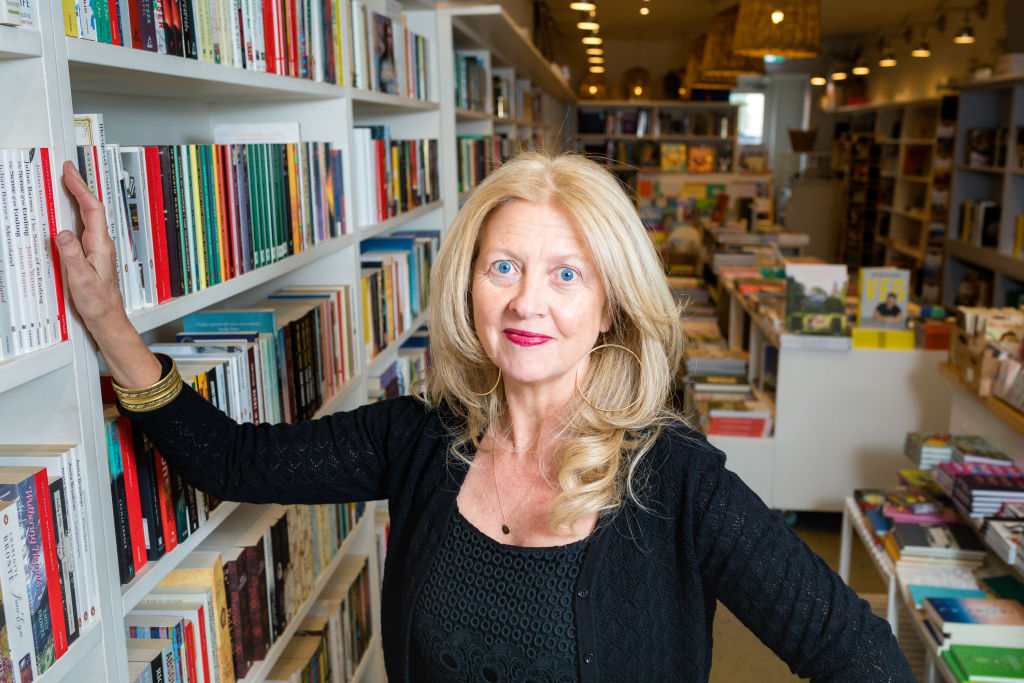
Early last year a friend rang me to say that after more than 20 years of living in their two-storey Parkville terrace, he and his wife had just bought my old childhood home in Sandringham.
We joked how he’d bucked the trend; when most empty-nesters are downsizing and moving closer to the CBD, Peter and Jenny have gone out to the ‘burbs and into a sprawling family home with a swimming pool.
“It was a pretty unexpected decision, really,” Peter said, adding that he’d fallen in love with the 1970s modernist-style house my parents built. “We’re looking forward to moving in, and then you’ll have to come around for a drink and see it.”
We haven’t had that drink yet, but I am always happy to take a trip down Memory Lane via Nepean Highway.
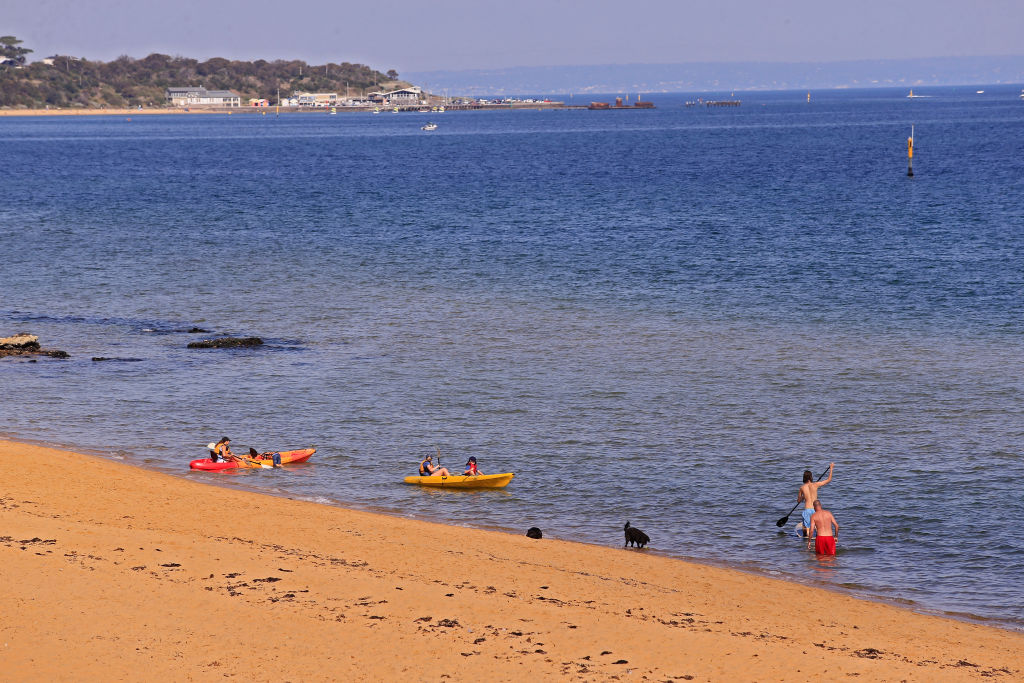
Last year London’s Independent newspaper published a survey, which found six out of 10 Britons consider their childhood residence to be their true home.
“Nostalgia is the overriding reason for this,” the paper reported. “Almost two thirds [of the 2000 people interviewed] revealed their affection for their childhood dwellings is entwined with fond memories of their formative years.”
The survey (interestingly, it was conducted by a respected UK door and window manufacturer) found 38 per cent of respondents think their current home “lacks the magic of their childhood home”, while many say they have taken steps to make their current home reflect decoration and furnishing features of the place where they grew up.
I thought a lot about this while reading Ann Patchett’s new novel The Dutch House. Siblings Maeve and Danny develop a ritual of parking outside their old family house, sharing a cigarette and chatting about their childhood. After a while, they start the car and pack away the memories until the next visit.
Not all Maeve and Danny’s recollections are happy ones. But breathing in the building’s familiarity gives the pair permission to drift back to a happier time.
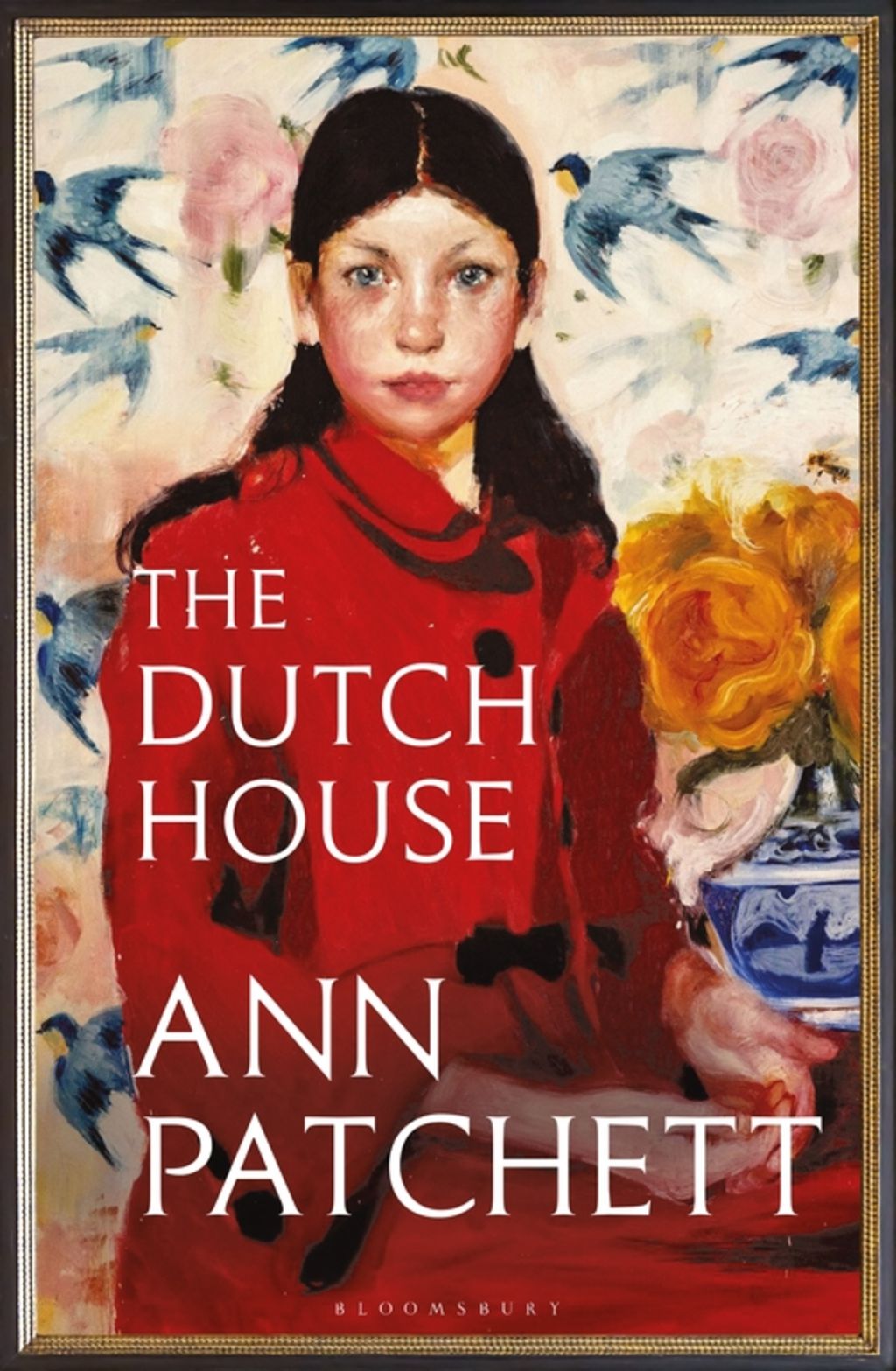
Australia actor and writer Barry Humphries was in his late 50s when he wrote his first memoir More Please. It was first published in 1992, nearly four decades after Humphries had moved out of his childhood home in Camberwell.
Yet his recollections of growing up on the old Golf Links Estate set the tone for this award-winning autobiography; as reviewer Jill Neville wrote in the Literary Review, “Humphries’ past is a bombed and cratered landscape, except for his youth which stands evergreen in its quirky, vanishing details”.
“Number 38 Christowel Street [or Christowell Street – it was spelt differently at each end of the street] in the ‘Tudor style’, was my father’s first speculative villa and we lived there until he had built a mock Elizabethan dwelling four doors up the street,” Humphries recalls of his architect father’s early steps into suburban design.
“The New Gentility demanded silver birches, liquid ambers, pin oaks, prunus plums … And everyone had a Japanese maple, although after Pearl Harbor most of these were patriotically poisoned, ring-barked and extirpated.”
How many times over how many years has Barry Humphries revisited the three (three!) houses his father built in Christowel Street, Camberwell?
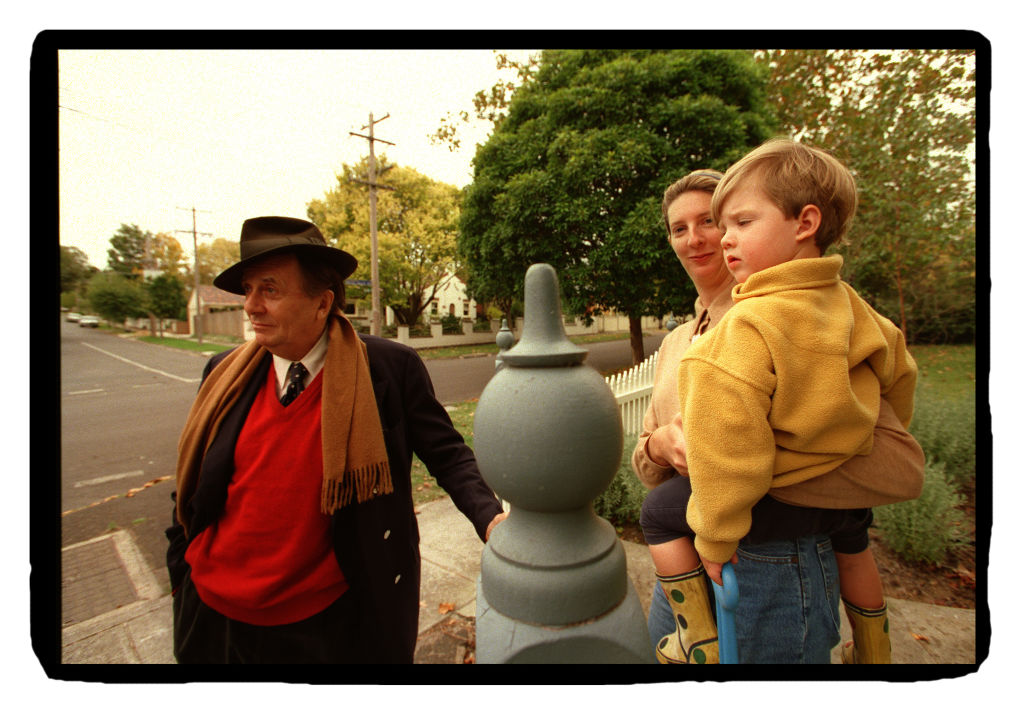
And how often has the sight of a magnolia tree in bloom time-travelled him back to the dozens that graced the gardens of his youth?
In More Please he recalls the cement (rather than bitumen) roads which still run off that north-east side of Camberwell Road (“It felt different even to a child, to be living on a white road”). He remembers his parents’ middle-class aspirations, highlighted by the “Tradesmen’s” entrance his father added to one of the homes.
And the carefully tendered green lawns, which are still the pride of Camberwell gardeners, prompt Humphries to reconnect with his 10-year-old self and “the lazy rhythm of the lawn mower which chattered through every Summer afternoon of my childhood”.
Not everyone is a fan of the nostalgic drive-by. But every few months if I’m in the bayside area, I will take a detour and say hello.
The two houses of my childhood are thankfully still intact (one now owned by my friends). They are like my foundation pillars; one Edwardian, one a smart 1970s residence, they allow me to go back, reflect, and then start the car again. Time to move on.
Corrie Perkin is an award-winning journalist and former managing editor of The Age, and the owner of My Bookshop in Hawksburn.
Sign up for the best of Domain Review in your inbox each week
We recommend
States
Capital Cities
Capital Cities - Rentals
Popular Areas
Allhomes
More
